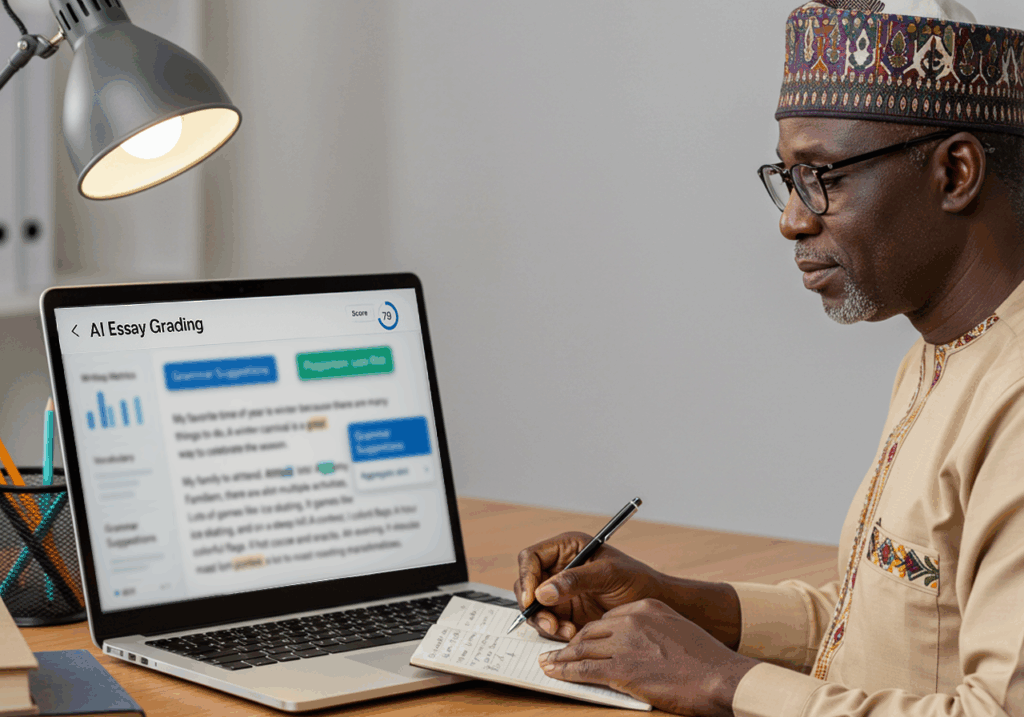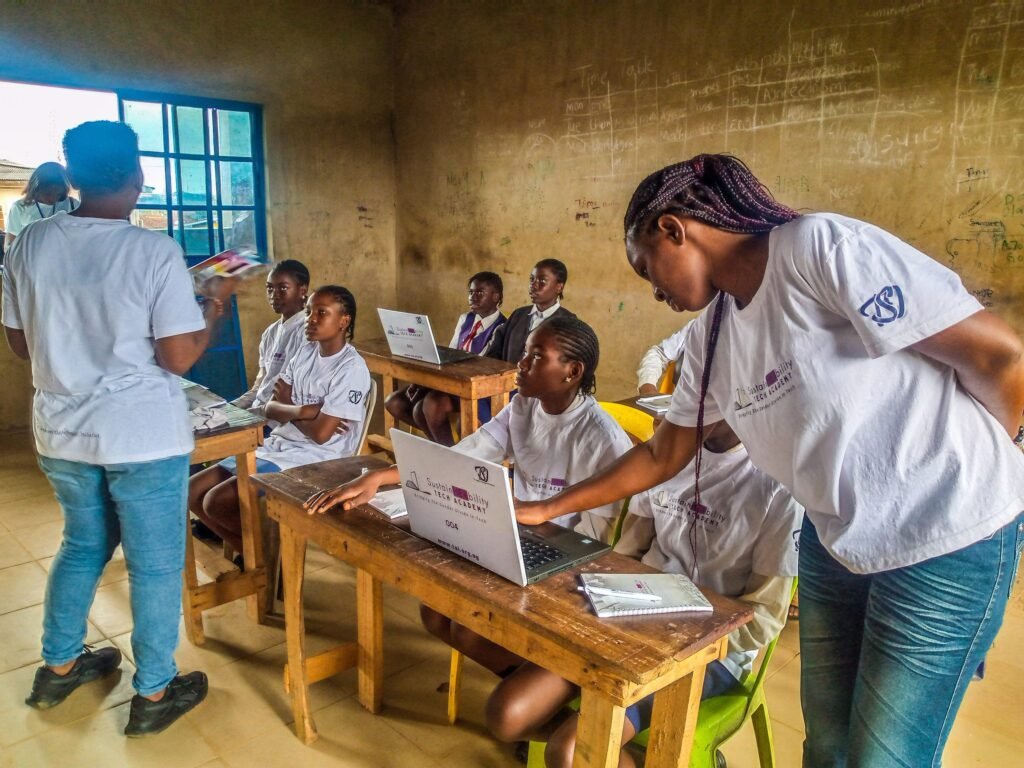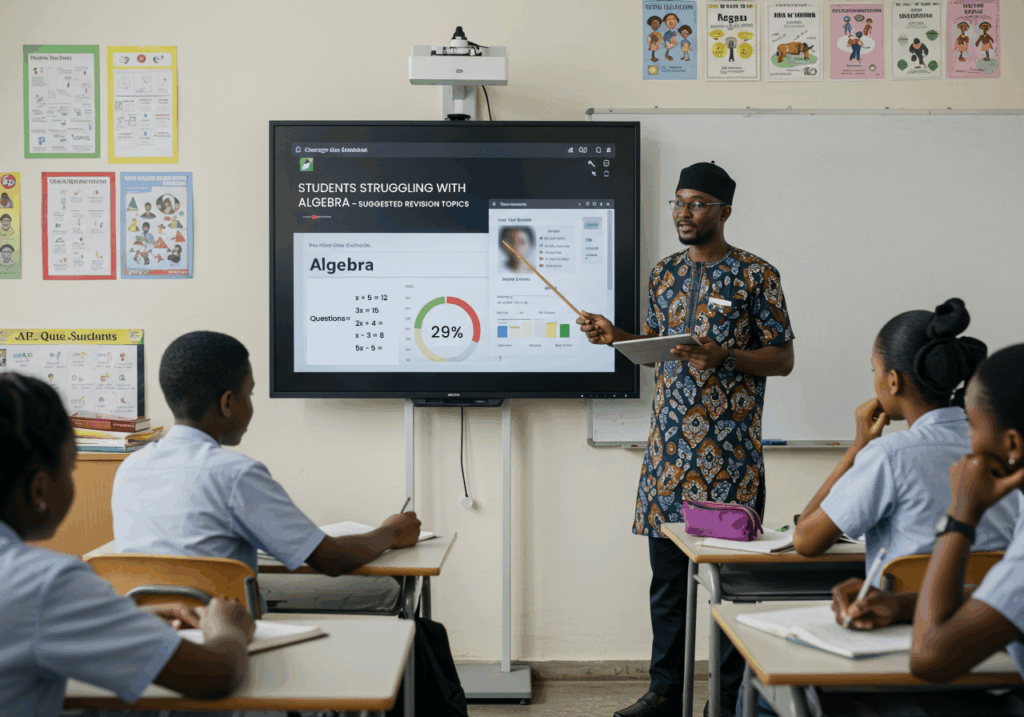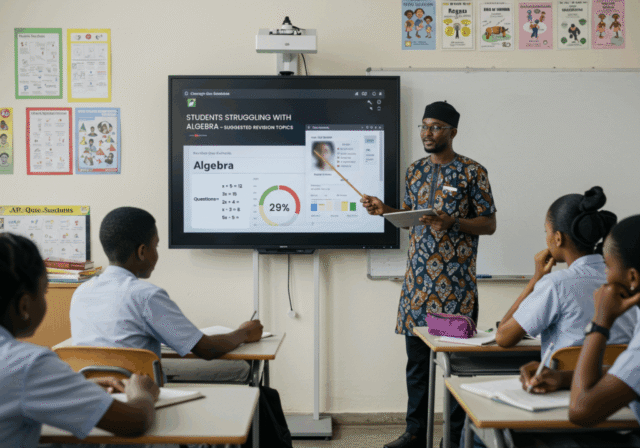In the dusty corridors of rural schools across Nigeria, where chalkboards are old and classrooms are full, a quiet revolution is taking place. Artificial Intelligence (AI) tutoring platforms are making inroads into communities long starved of educational resources. For many students in remote areas, these platforms are fast becoming more than just tools — they are lifelines. With increasing access to smartphones, intermittent internet, and dedicated teachers willing to try something new, AI tutors are offering personalised, scalable support that traditional classroom settings struggle to deliver.
This surge is not coincidental. Nigeria has the largest population in Africa under the age of 30, yet many rural communities still face severe shortages: teachers, infrastructure, and learning materials. AI platforms are stepping into that gap — offering lessons, quizzes, feedback loops, even in local languages. For students who have long depended on rote learning and one teacher for many students, the change is palpable.
One headline-making example comes from Edo State. A six-week AI tutoring programme for secondary school pupils significantly improved performance in English, AI literacy, and digital skills. The gains were measured as comparable to 1.5–2 years of regular schooling. This is more than just catching up; it is leapfrogging over systemic educational delays that rural pupils often face.

Table of Contents
How It Works: Personalised, Accessible, Teacher-Supported
AI tutors are not magic, but their design makes them powerful in rural Nigeria. These platforms typically combine a few features:
- Personalisation: Lessons are adapted to each student’s learning speed, prior knowledge, and areas of difficulty. The AI tracks gaps (in English, mathematics, etc.) and tailors quizzes and lessons accordingly.
- Local language support & low-tech access: Interfaces or content in Hausa, Yoruba, Igbo, or other indigenous languages help comprehension. Some tools even work over SMS or offline to deal with weak internet or power issues.
- Blended approach with teachers: Rather than replacing teachers, the most successful programmes engage them: training, guiding students in using AI, interpreting feedback, and integrating AI-tool insights in classroom planning. Teachers remain anchor points.
Take, for instance, the Edo State programme: students received AI tutoring after school, but teachers were part of the process — training them, giving toolkits, helping students get the most out of the AI system. The result: better academic performance, more confidence, and a sense that they were not left behind.

Challenges and Realities: What Still Needs Fixing
While the promise is huge, the path is not without its potholes. Rural Nigeria poses some distinct challenges to scaling AI tutoring platforms.
- Infrastructure: Many schools don’t have steady electricity, reliable internet access, or enough devices (smartphones, tablets) for students. If there’s no power, even the best AI tool is useless.
- Cost & device access: Even when platforms are affordable or subsidised, the cost of devices and data can still be a barrier for many rural households.
- Teacher capacity: Some teachers are unfamiliar with digital tools, AI, or how to integrate them pedagogically. Training is required. Also, there is occasional resistance — some see AI as a threat, rather than a helper.
- Sustainability and equity: Pilot programmes can show great results, but scaling to hundreds of rural schools across states demands funding, policy support, and infrastructure investment. Also, ensuring girls, marginalised communities, and less resourced regions benefit equally is critical.
The Way Forward: Policies, Partnerships and Vision
To fully harvest the potential of AI tutoring platforms in rural Nigeria, coordinated effort is needed — from the government, NGOs, the private sector, and communities. Here are the key elements for that strategy:
- Government policy & funding
Governments at the federal and state levels must prioritise digital education in rural planning. This includes funding for devices, internet connectivity (especially in rural hubs), grants or subsidies to students, and integrating AI-tutoring programmes into official curricula. - Teacher training & support systems
Regular professional development for teachers to understand how AI tools work, how to use analytics from platforms, prompt students properly, and maintain a balance between human instruction and digital support. NGOs and tech firms can help build those capacity programmes. - Device accessibility & infrastructure investment
Ensuring power supply (solar, off-grid solutions), reliable internet (or offline/sms solutions as a workaround), and devices (phones, tablets) are available and affordable. Partnerships with tech companies, donors, or the private sector can yield solutions like community charging hubs, low-cost devices, etc. - Monitoring, research, and adapting
Rigorous research (randomised trials, impact evaluations) should continue. The Edo State study is promising, but more is needed to understand long-term effects, ripple effects across subjects, gender dynamics, etc. Also, AI tools should be designed to adapt to Nigerian contexts — language, culture, and exam systems. - Inclusive design and equity
Prioritise inclusion of girls, remote communities, and learners with special needs. Use local languages. Design tools that are low-tech if needed. Make sure marginalised voices are heard in the design and deployment.

Conclusion: Towards a Brighter Educational Future
We are witnessing in rural Nigeria what many thought was decades away: AI-powered tutoring platforms enabling learners who have long been left behind to catch up, even leap ahead. The Edo State example shows that in just six weeks, with well-structured AI support, pupils can gain as much learning as they would in nearly two years under traditional conditions. That is not just improvement; that is transformation.
If policymakers, educators, technology providers, and communities work together, the AI tutoring revolution could close the gap between rural and urban learning outcomes. It could bring quality education to where it has been missing, make classrooms more responsive, more human, even as they become more high-tech. And above all, it could give every Nigerian child, regardless of location, a fair chance to learn, dream, and succeed.
Join Our Social Media Channels:
WhatsApp: NaijaEyes
Facebook: NaijaEyes
Twitter: NaijaEyes
Instagram: NaijaEyes
TikTok: NaijaEyes
READ THE LATEST EDUCATION NEWS





